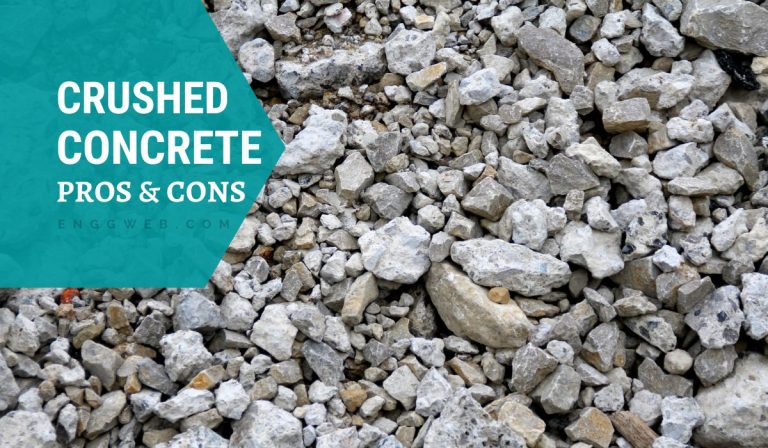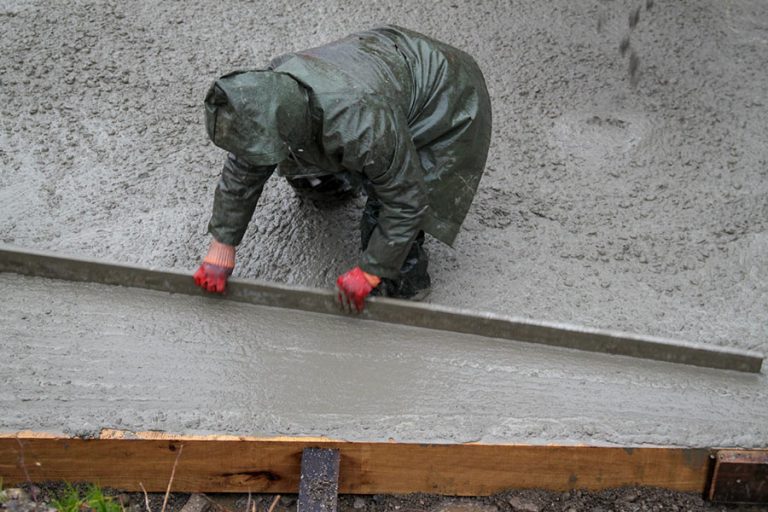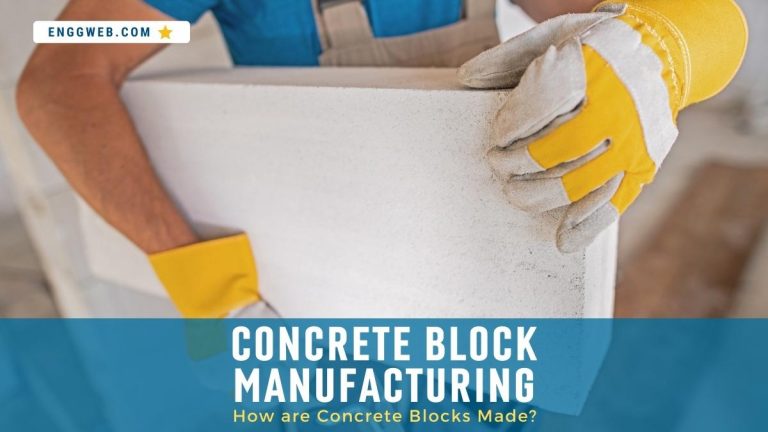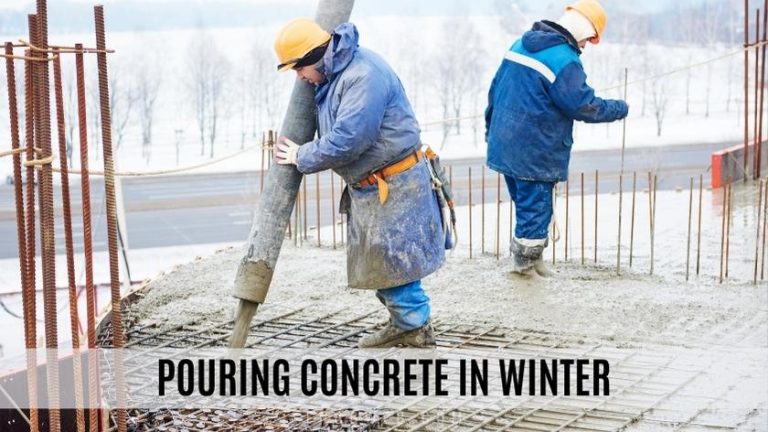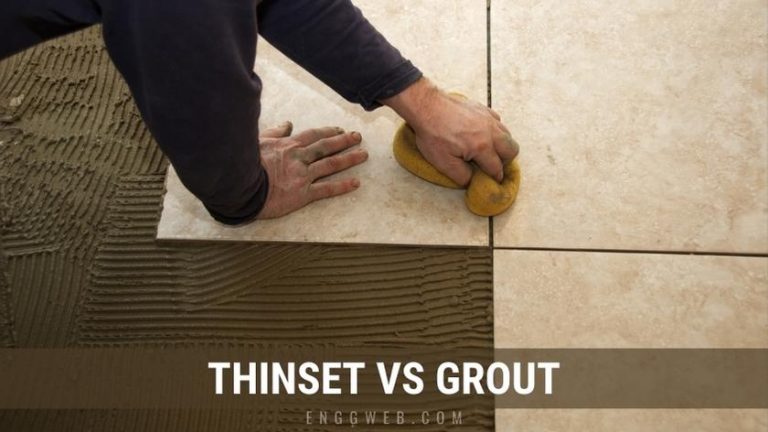Cement vs Concrete: What’s the Difference?
 Most people don’t know the difference between the terms “cement” and “concrete.” What’s the difference between these two, and why does it matter? In this article, we unpack some facts regarding cement and concrete, along with interesting questions on their uses.
Most people don’t know the difference between the terms “cement” and “concrete.” What’s the difference between these two, and why does it matter? In this article, we unpack some facts regarding cement and concrete, along with interesting questions on their uses.
Contents
Cement vs. Concrete Comparison
Cement is a component of concrete. The easiest explanation of the difference between these two is comparing it to flour and dough. Here, cement is like flour, while concrete is like dough. The dough contains flour, but also some water, salt, and other fillers. Likewise, concrete contains cement, water, sand, and stone, in the most basic form. Usually, mix designers include some cement extenders and chemical admixtures, since this enhances the concrete performance and decreases the mix design cost.
Cement is the portion of concrete that develops strength. Without cement, you would have mud, not concrete, and your structure would have no strength. When cement particles come into contact with water, some of the gypsum and clinker in the cement dissolve. This forms a highly alkaline environment (pH 12), which is ideal for the subsequent exothermic hydration reaction.
The hydration reaction takes place in three stages. During the first stage, aluminate (C3A) in the clinker reacts with water to form an aluminate-rich gel. This gel reacts with the sulfate in the surrounding solution, forming ettringite and marking the end of the third phase. Ettringite consists of small rod-like crystals.
The second phase of the hydration reaction is dormant – nothing happens here, and this is the best time to place the concrete.
During the third phase of the hydration reaction, alite and belite present in the cement react, forming calcium silicate hydrate and calcium hydroxide. These are the products that contribute to concrete strength formation – the more of these products you have, the stronger your concrete. These hydration products are crystalline. Eventually, these individual crystals would grow to interlock tightly, hold all stone and sand particles in place, and offer structural integrity to the concrete.
What is Portland cement?
Portland cement is the most common type of cement used around the world. Used in most major construction projects, you will find Portland cement in the structure of the Burj Khalifa, the highway you’re driving on, and in the home, you live.
Portland cement mainly consists of calcium, silicon, aluminum, and iron. To economically mix these components, manufacturers grind, blend, and heat treat a combination of more cost-effective materials. These include limestone, shells, chalk or marl, shale, clay, slate, blast furnace slag, silica sand, and iron ore.
At a cement production facility, these components are ground into a fine powder and mixed in the correct proportions. This powdered mixture gets fed through a kiln, operating at extremely high temperatures, leading to clinker formation. When grinding clinker to a fine powder, we get what we know as cement. Often, this cement powder gets mixed with extenders like fly ash, silica fume, or blast furnace slag to create a less expensive mixture.
Cement extenders aid in concrete strength formation, but only when they’re in the presence of cement. These extenders are chemically inert when used on their own.
What is concrete?
We make concrete by mixing cement, sand, stone, and water in the correct proportions. The sand and stone used in concrete are collectively known as aggregates and form the bulk of the concrete mixture since they are by far the cheapest component in the mix design.
For structurally sound concrete, you only need enough cement paste (a mixture of cement and water) to hold everything together, i.e., cover all the aggregates. This is why you would add as much sand and stone as practical to your mix design. Doing this keeps things affordable while still maintaining proper workability in the fresh concrete and structural integrity in the hardened concrete.
Concrete strength depends on the ratio of cement to water. The higher this ratio, the stronger the concrete. Cement manufacturers publish cement performance curves for each type of cement that they produce. These curves relate concrete strength development to the cement: water ratio in the ideal case. Using these curves, mix designers determine the ratio of cement to water used in their mix design.
Adding more cement than is necessary for your target strength, renders your mix design unnecessarily expensive. Keep in mind that cement is the most expensive portion of any mix design. In large structures, such as dam walls, this has the added risk of excessive heat development, which would lead to thermal cracking and structural failure. Take into account that the cement hydration reaction is exothermic, so everything gets hotter as the cement reacts to gain strength. In smaller, thin structures, the heat generated dissipates easily. However, in large, thick structures, this heat has nowhere to go and builds up over time, creating thermal cracks in the hardening concrete.
Concrete or Cement FAQ
Can cement be used by itself?
Cement mixed with water forms a cement paste that would harden and create a strong structure. Note that this mixture is likely to shrink due to the high volume of water needed to lubricate the cement powder adequately. This is also a costly mixture and would not be suited for larger structures. Usually, artisans use this type of paste for small decorative items, such as desk ornaments, small pots, and jewelry. Even then, most manufacturers would mix this paste with a portion of fine sand to decrease costs and shrinkage.
Is pure cement strong?
Yes. Concrete derives most of its strength from the hardened cement paste. Pure cement is incredibly strong in compressive strength but very weak in tensile strength.
Can I mix cement with just water?
Yes. You would need plenty of water in proportion to the cement to make it workable enough.
What happens if you don’t add sand to cement?
Sand and stone act as lubricants in a well-proportioned concrete mix design. Excluding sand from your mix design would necessitate more water to make your concrete workable enough for practical purposes. If you still want to reach a specific target compressive strength, you would have to add more cement to the mixture as well to maintain the cement: water ratio. Here, your mix design would be costly.
Are driveways cement or concrete?
Concrete. For driveway construction, we use concrete, which includes cement along with other components.
What happens if you put too much cement in concrete?
Firstly, you would reach a far higher compressive strength than the intended target. The workability of the fresh concrete mix would also decrease since excessive cement content makes fresh concrete sticky. Lastly, your concrete mix design would be much more expensive than is needed – the economics of mix design is an essential aspect of construction.
Final Thoughts
Concrete is an incredibly versatile and robust construction medium and is widely used all across the world. As one of the essential portions of a concrete mix design, cement is equally essential and widely studied. We trust that this article shed some light on the difference between cement and concrete and that it gave you a deeper appreciation of concrete mix design principles.


